Time isn’t as simple as it seems. We all take time for granted because we learn to pay attention to it from a young age. So, we’re used to it. For most of us, time just “is.” But when you start exploring the concept of time, it reveals a fascinating world of truly interesting facts. From the way time can bend and stretch to the mysteries of time travel, there’s so much more to time than meets the eye. Let’s dive into some mind-blowing facts about time that will change how you think about it.
A Year in the Dinosaur Era
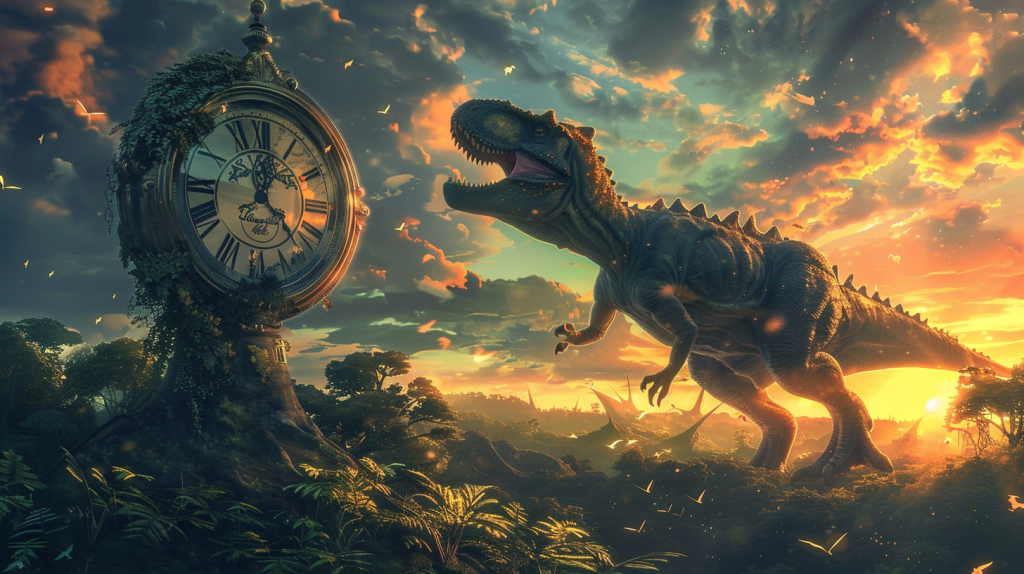
Back when dinosaurs roamed, a year had 370 days. The Earth’s rotation is gradually slowing due to the moon’s gravitational drag, lengthening our days by approximately 1.7 milliseconds every hundred years.
The Oldest Thing on Earth

The oldest known object on Earth is a zircon crystal from Western Australia’s Jack Hills, aged at 4.4 billion years. This tiny yet significant crystal is a window into Earth’s infancy, being just 160 million years younger than the planet itself.
Redefining a Second
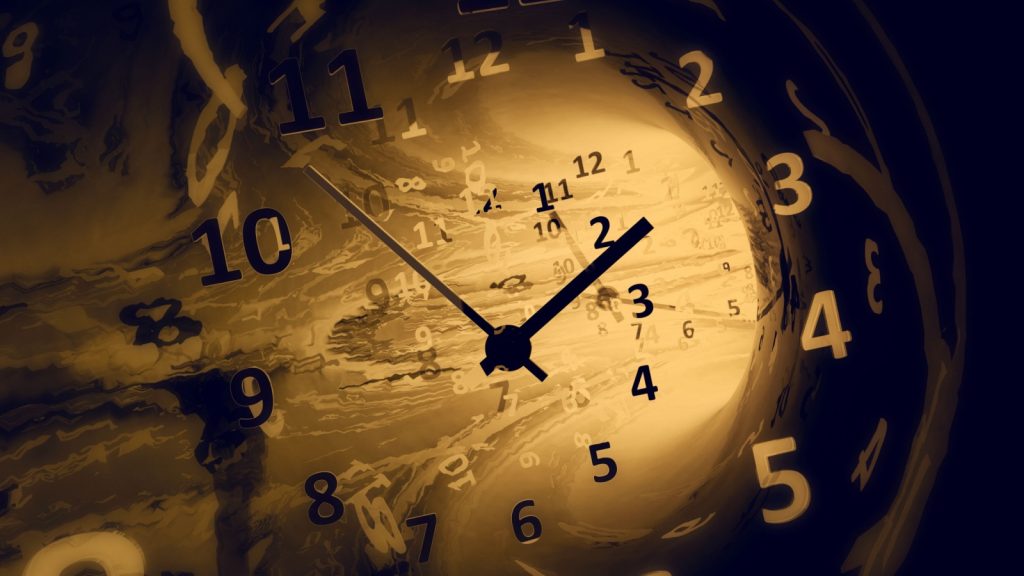
Forget the old 1/60th of a minute definition. A second is officially defined by the time it takes for 9,192,631,770 transitions between two specific energy levels of a caesium 133 atom. This precise definition allows for incredibly accurate time measurement.
The Cosmic Slowdown
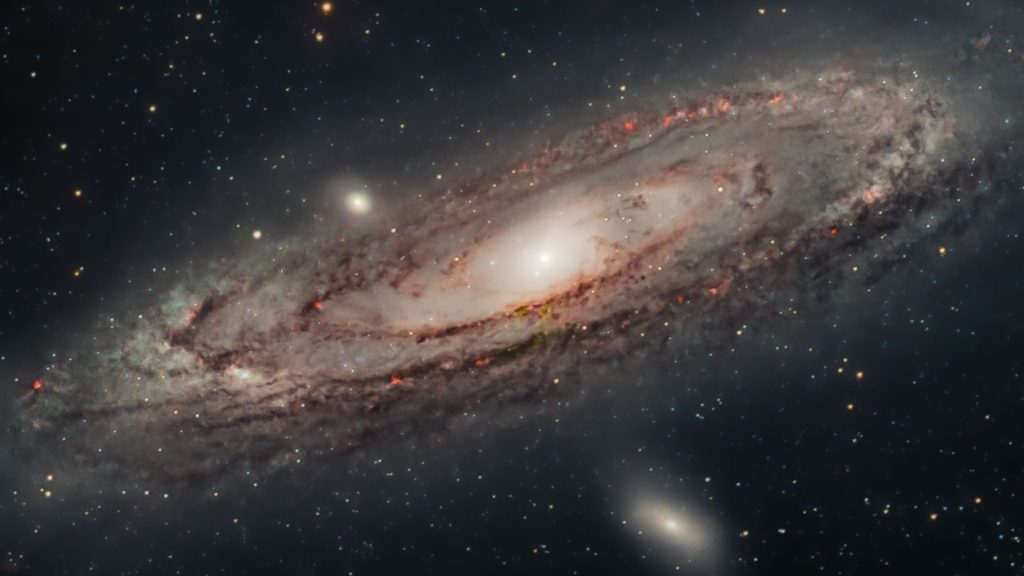
Observations of distant galaxies moving faster than those closer have led to theories of the universe’s accelerated expansion, often attributed to “dark energy.” An alternative theory suggests that time itself was faster in the universe’s early stages, proposing a future where time might “freeze,” capturing the cosmos in a perpetual instant.
The Smallest Measure of Time

The smallest time unit in science is the Planck time. To put it in perspective, a single blink takes about 550,000 trillion trillion trillion Planck times.
The Oddball Effect
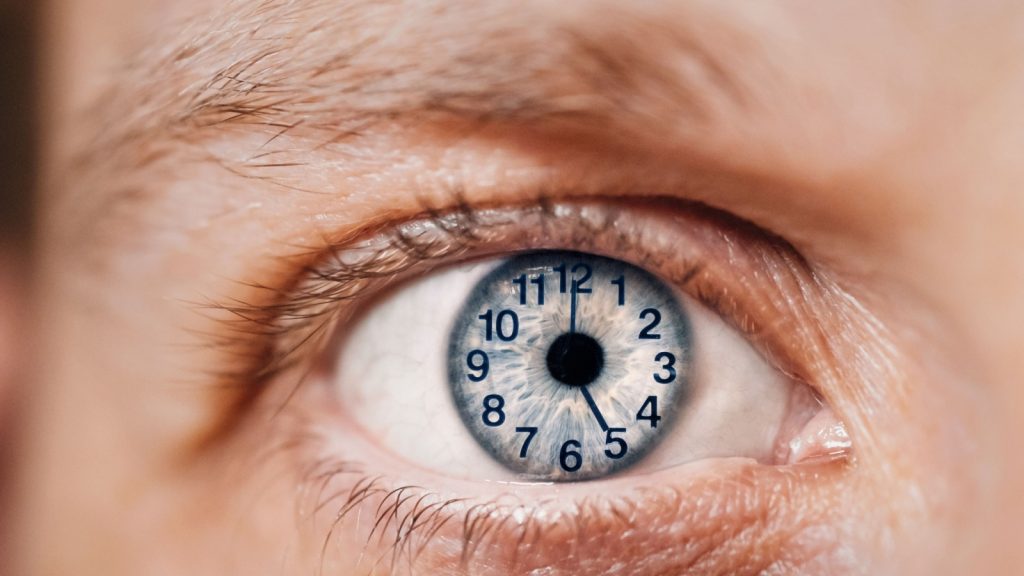
New experiences linger longer in memory, a phenomenon known as the “oddball effect.” This explains why as we age and accumulate more familiar experiences, time seems to accelerate. Each new experience becomes a smaller fraction of your life’s total, making time feel like it’s speeding up.
Time Flows Differently for Your Face and Feet

If you stand upright, time actually moves slightly faster for your face than for your feet. This bizarre phenomenon is a result of Einstein’s theory of relativity, which shows that time slows down closer to the Earth’s center. Measurements confirm this: time on Mount Everest’s peak flows about 15 microseconds faster in a year compared to sea level.
A Day on Mercury
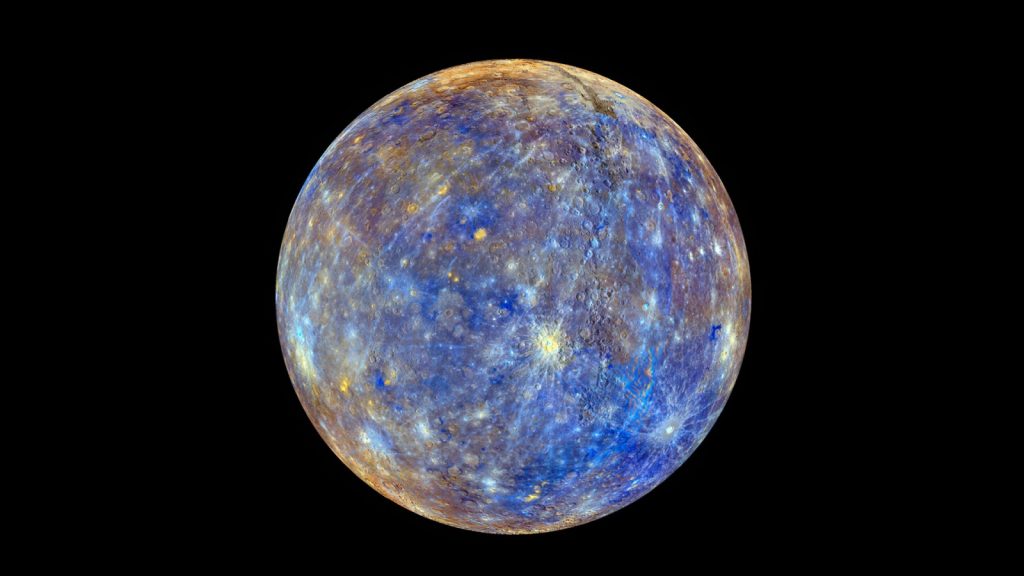
On Mercury, a single day spans two entire years. This slow rotation results in extremely long days compared to Earth time.
The Illusion of Now

The concept of “now” doesn’t exist in the realm of physics. Both space and time are influenced by gravity and velocity, leading Einstein to describe the separation of past, present, and future as a stubborn but mere illusion.
Synchronizing Earth’s Time: The Leap Second Adjustment
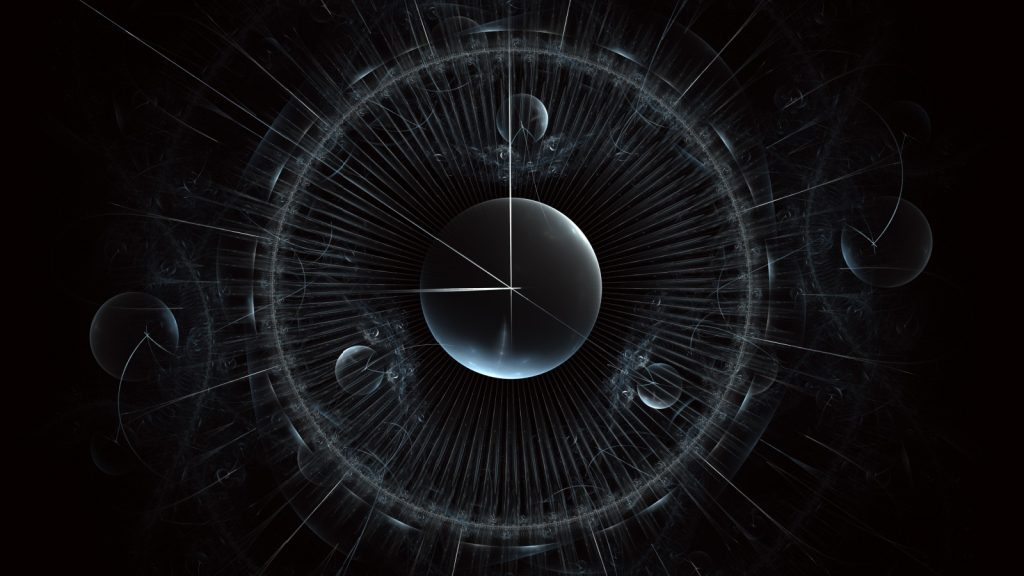
Due to the gradual slowing of Earth’s rotation, our concept of a 24-hour day slightly drifts from celestial time. To correct this discrepancy, the International Earth Rotation Service occasionally inserts a “leap second” into our clocks, ensuring our timekeeping aligns with Earth’s rotation. The last adjustment was scheduled for June 30, 2015.
The Delayed Vision of Reality

What we see is essentially history. The sunlight reaching us is 8 minutes and 20 seconds old, meaning we’re seeing the sun as it was nearly 8.5 minutes ago. The nearest star beyond our solar system, Proxima Centauri, appears as it did four years in the past due to the time its light takes to travel to Earth.
Speed’s Influence on Time

Velocity affects the passage of time. Travelling to Sirius at nearly the speed of light and returning would make you age about two and a half years, while those on Earth would age over 17 years. This demonstrates time dilation, a core aspect of relativity where time slows down relative to your speed.
The Cosmic Calendar
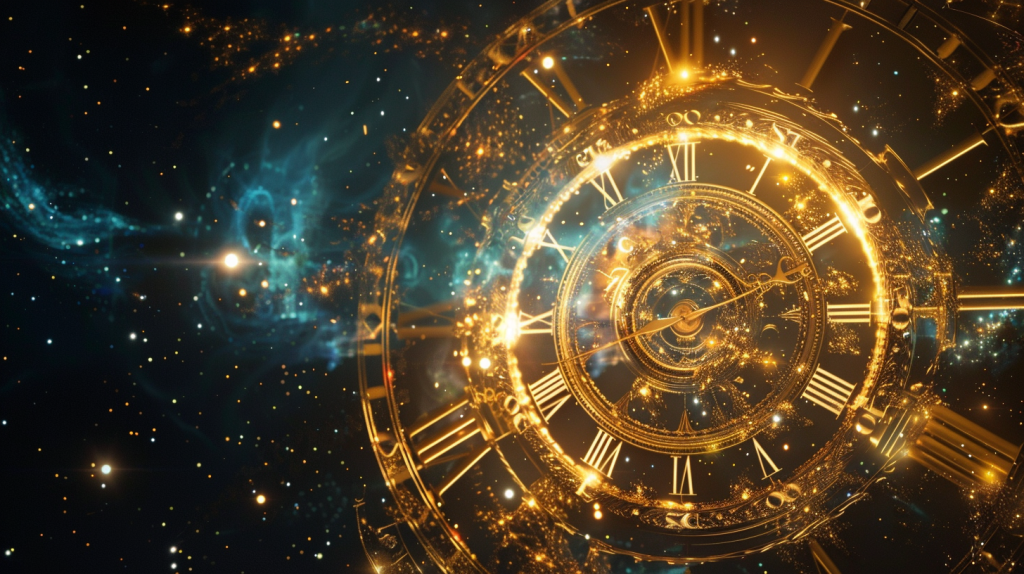
The universe’s age, about 13.8 billion years, can be compressed into a single year for perspective. In this scale, the dinosaurs’ extinction occurs on December 29, humans arise at 11:54 PM on December 31, and Columbus’s 1492 voyage is the final second of the year. This helps illustrate the brief moment in cosmic time that humanity has existed.
The Strontium Clock

Humanity’s quest for precision in time measurement has led to the creation of the strontium clock. This marvel of engineering remains accurate within a second for 15 billion years, showcasing the extraordinary lengths to which scientists go to understand and measure time.
The Oldest Thing in the Universe
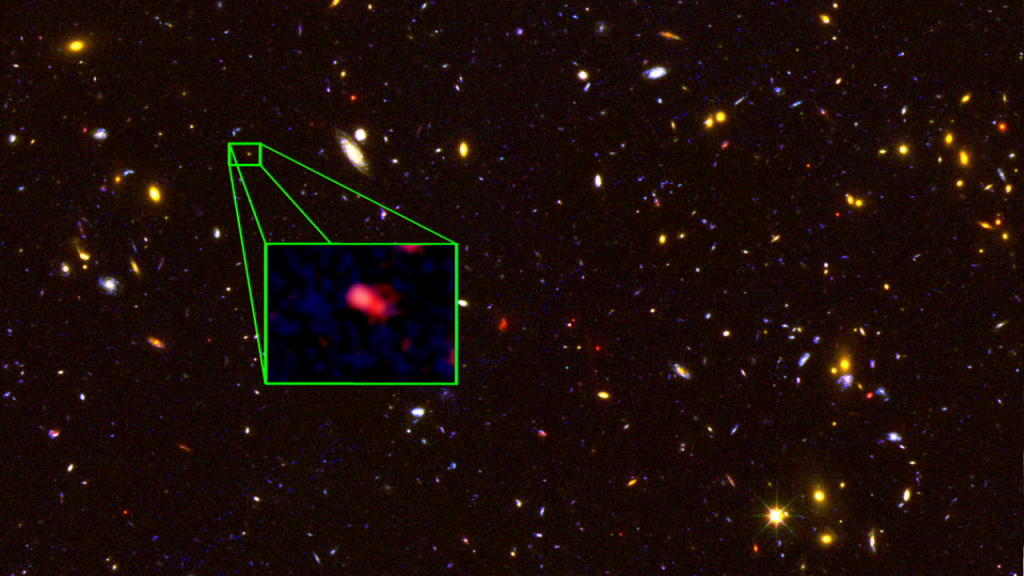
The galaxy z8_GND_5296, the oldest known object in the universe, is a staggering 13.1 billion years old. This discovery places it a mere 700 million years after the birth of the universe, offering a glimpse into the cosmos’s early days.
The True Length of a Day
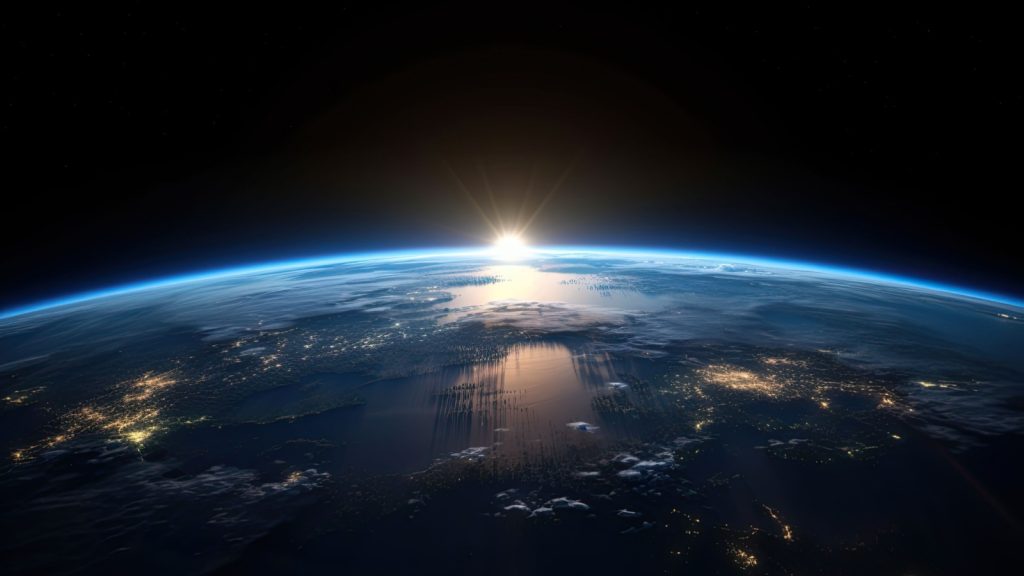
A complete Earth rotation isn’t exactly 24 hours but rather 23 hours, 56 minutes, and 4.2 seconds. The additional time to reach a 24-hour day accounts for the Earth’s orbit around the sun, which slightly alters its position each day.
The Unification of Time for Transit

The standardization of time across regions was primarily for the convenience of railway schedules. Before the adoption of a standard time, local noon times varied, often causing travelers to miss trains. The shift to a uniform time, initiated by the Great Western Railway in 1840, was a logistical move to synchronize transit across distances.